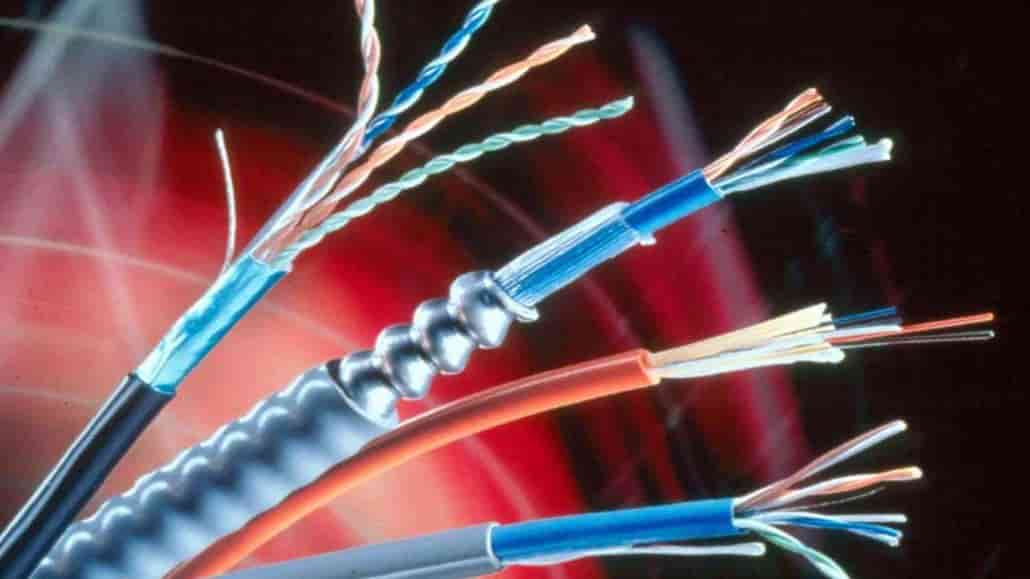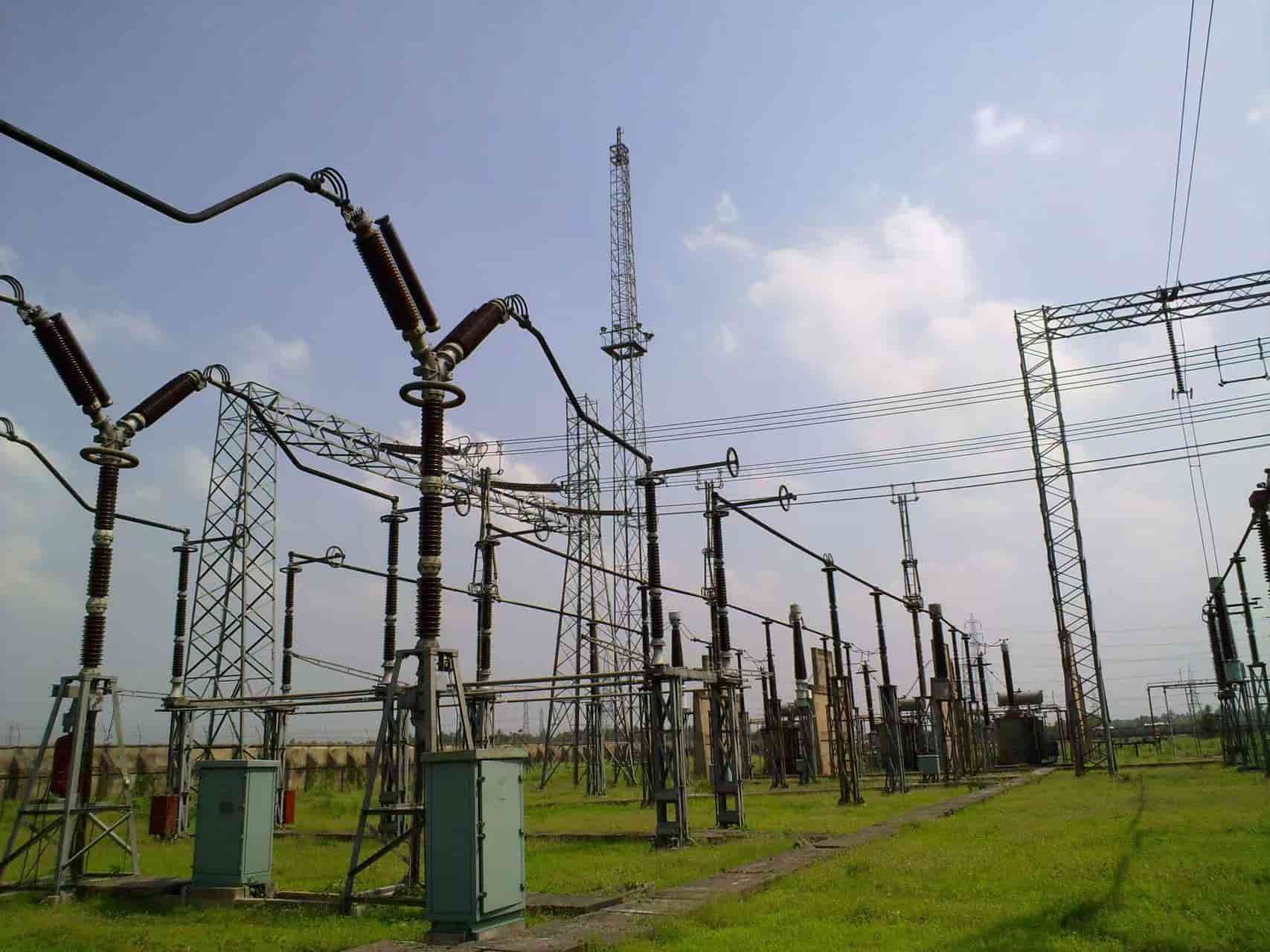Necessity and Potential Analysis of Exploiting the Cable Market in India and Southeast Asia
 May 19,2025
May 19,2025

 Suke
Suke
With the continuous optimisation of global infrastructure construction and energy structure, the market demand for cables, as an important carrier of power transmission and industrial support, is expanding. Especially in India and Southeast Asian countries, with the rapid development of the economy, the continuous upgrading of the power system, and the extensive development of mining resources, the demand for high-voltage cables and mining cables is growing. This paper will focus on the development trend of the cable industry, a systematic analysis of the need to develop the Indian and Southeast Asian markets, and market potential.
First, the need to develop the market
1. Infrastructure and energy investment to drive the growth of demand for cables
India and Southeast Asian countries are in the stage of accelerated industrialisation and urbanisation, and infrastructure construction and power network upgrading have become a key investment direction. The government's continuous investment in full power coverage, industrial park construction, smart grid transformation, and other aspects of high-voltage cables, extra-high-voltage cables, and other products provides a broad market space.
2. Renewable energy development has given rise to high-voltage transmission demand
In recent years, India, Vietnam, Indonesia, and other countries have actively promoted the development of renewable energy sources such as wind energy and solar energy, forming a large number of centralised power points. These new energy projects are usually built in remote areas or the sea, the need for high-voltage and even ultra-high-voltage cables to achieve long-distance, high-efficiency power transmission.
3. Rich mineral resources drive the demand for mining cables to rise
India and Indonesia have rich coal, non-ferrous metal mines, and nickel ore resources. With the advancement of mechanisation and intelligent mine construction, the demand for heavy-duty, wear-resistant, flame-retardant, explosion-proof, and other high-performance mining cables continues to rise. Compliant, safe, and flexible mining cables have become an important guarantee for the operation of mining equipment.

Second, the potential analysis of the target market
(Ⅰ) India cable market
India's power infrastructure investment is strong; the government has put forward the ‘modernisation of the national grid’, ‘rural electrification’, ‘clean energy 600GW’, and other strategic objectives. The government has put forward ‘modernisation of national grid’, ‘rural electrification’, ‘600GW of clean energy’, and other strategic objectives. Extra-high-voltage cables will be widely used in the transformation of substations, large-scale wind power projects, and the grid-connected transmission system. As for mining cables, coal and metal mining areas in Indian states are rapidly expanding production, promoting the upgrading of cable systems.
The Indian market requires high-quality, certification, and supply stability of cable products, and Chinese cables with excellent cost performance have obvious advantages. Through co-operation with local distributors and power turnkey companies (EPC), it can effectively cut into its huge power project system.
(II) Southeast Asia Cable Market
1. Vietnam
Vietnam has been vigorously promoting the construction of wind power and solar energy, and the urban power grid has been frequently renovated. High-voltage cables are widely used in urban underground power transmission and new energy access projects. Vietnam National Electricity Group (EVN) led by a number of large-scale power transmission and transformation projects for foreign-funded enterprises to provide good opportunities for cooperation.
2. Indonesia
The Indonesian government plans to achieve a national electrification rate of more than 95%, and long-distance transmission systems need to be constructed between several islands, so the demand for high-voltage cables continues to grow. At the same time, Indonesia, as the world's important nickel ore exporter, mining projects are intensive, and there is a rigid demand for high-performance mining cables.
3. Philippines
As an archipelagic country, the Philippines' power transmission lines need to cross multiple islands, and submarine cables are also required in some areas. Its urban power renewal projects and green energy programmes, for high-voltage and special cables, provide application space.
4. Thailand
Thailand is committed to the Industry 4.0 strategy, and industrial parks and smart grid construction are advancing, raising the demand for high-voltage cables. At the same time, infrastructure projects also provide a potential market for Chinese cable companies.
Third, the market development proposals
To effectively enter the Indian and Southeast Asian cable market, it is recommended to start from the following aspects:
Product certification preparation: prepare in advance BIS (India), SNI (Indonesia) and other necessary local certification, while ensuring that the product meets the CE, ISO, and other international standards;
Establishment of local co-operation network: Enhance the market response speed by establishing co-operation with local cable agents, EPC (Engineering Principal Contractors), and power companies;
Participate in industry exhibitions: actively participate in regional power and mining exhibitions such as ELECRAMA (India), Mining Indonesia, Vietnam ETE, etc. to enhance brand exposure;
Locking key projects: pay attention to government investment in power projects, new energy park development, mineral expansion plans, early intervention in the cable procurement process.
Conclusion
The cable industry in India and Southeast Asia is ushering in unprecedented development opportunities. With the rise of the regional economy, power investment speed and resource industry boom, high-voltage cables and mining cables in these countries have great market potential. If Chinese cable manufacturers can combine their product advantages and localisation strategies, they will be able to stand out in this wave of global infrastructure construction and occupy a wider share of the international market.


 Home
Home Market Trends Of Solar Cable In 2025: Changes To Watch For Installers And Distributors
Market Trends Of Solar Cable In 2025: Changes To Watch For Installers And Distributors  You May Also Like
You May Also Like

 Tel
Tel
 Email
Email
 Address
Address













